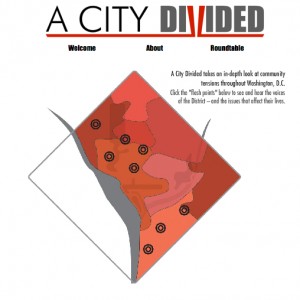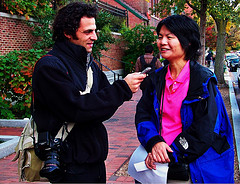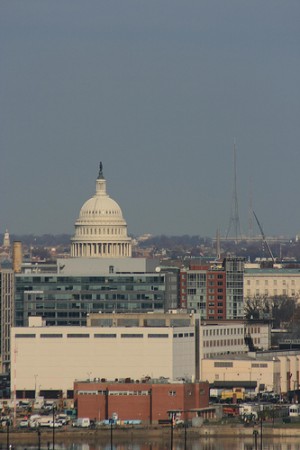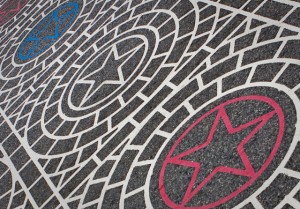Walmart’s controversial arrival in the District has inspired newspaper articles, blog posts, tweets and now…a whole website. Check out “Wal-mart Free DC“:
As District residents, many of Ward 4 in particular, we are coming together to say “No!” to this; no to the the corporate takeover of our neighborhood, no to jobs that will be lost if Wal-Mart opens, no to the driving down of wages in other retail jobs that accompanies Wal-Mart, no to the closing of small businesses (current and future) due to Wal-Mart’s presence, no to the poverty wages that Wal-Mart pays their employees, no to the sweatshop wages that the workers that make many products for Wal-Mart stores are paid, no to the funding of conservative political candidates by Wal-Mart executives and PACs, some of whom oppose Statehood for the District, no to the tax burden that Wal-Mart adds by not paying its employees enough to afford the limited health care that it offers to some, no to the Wal-Mart’s discrimination against women, and on, and on, and on.
The most recent post is a call to march on “the Developer’s House” this Thursday.







